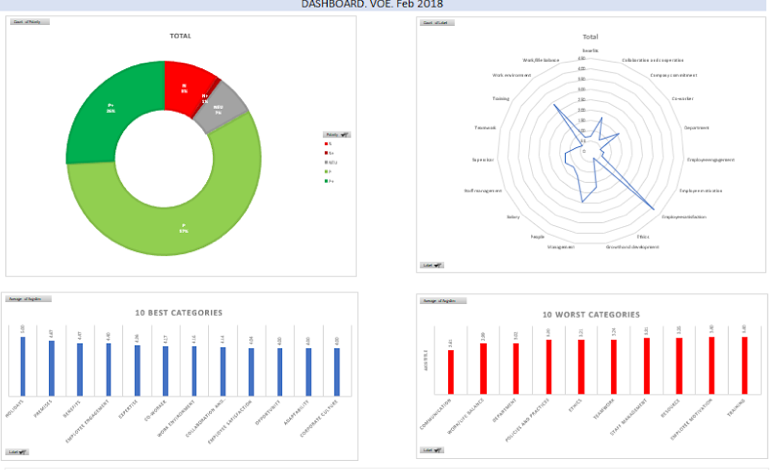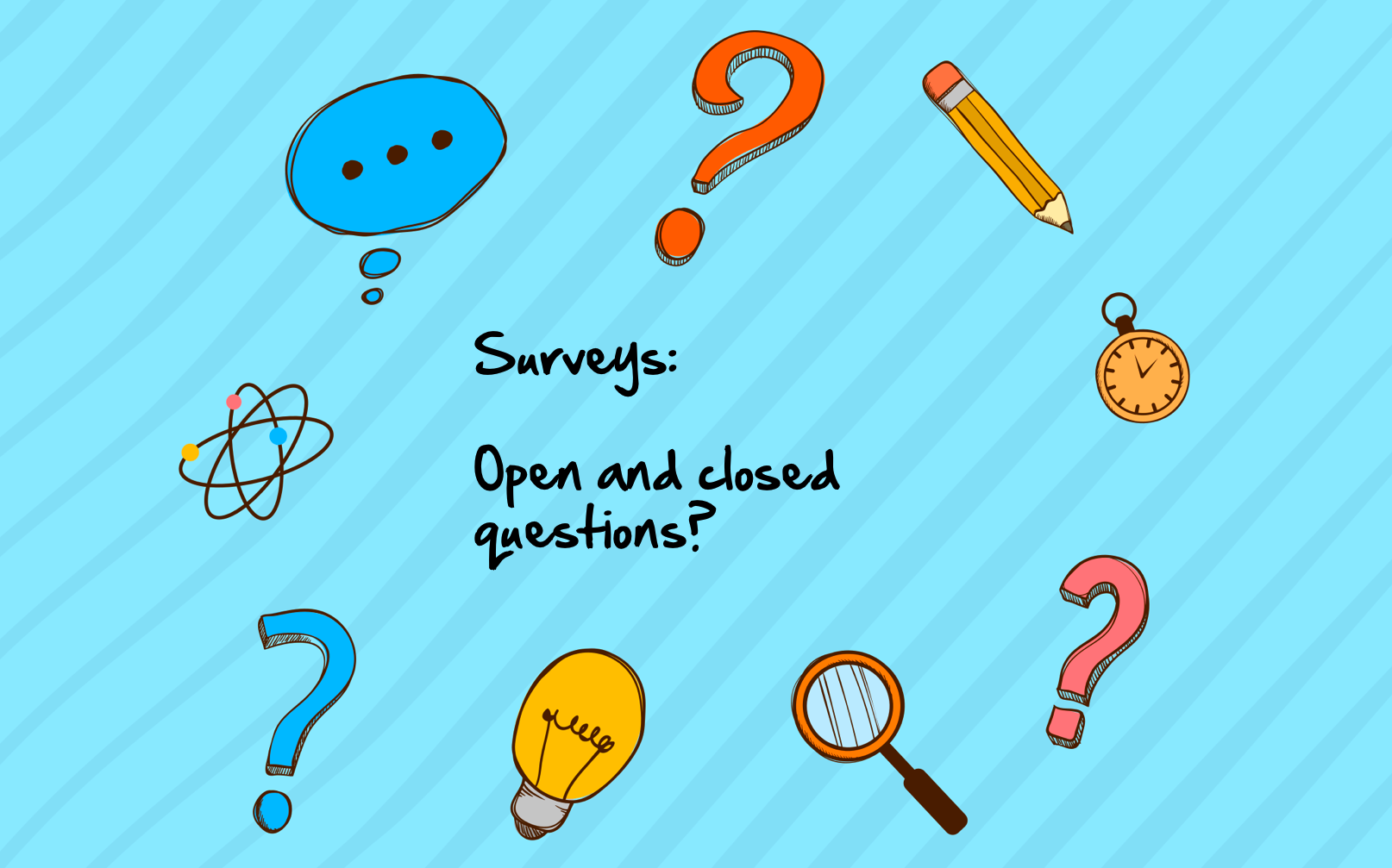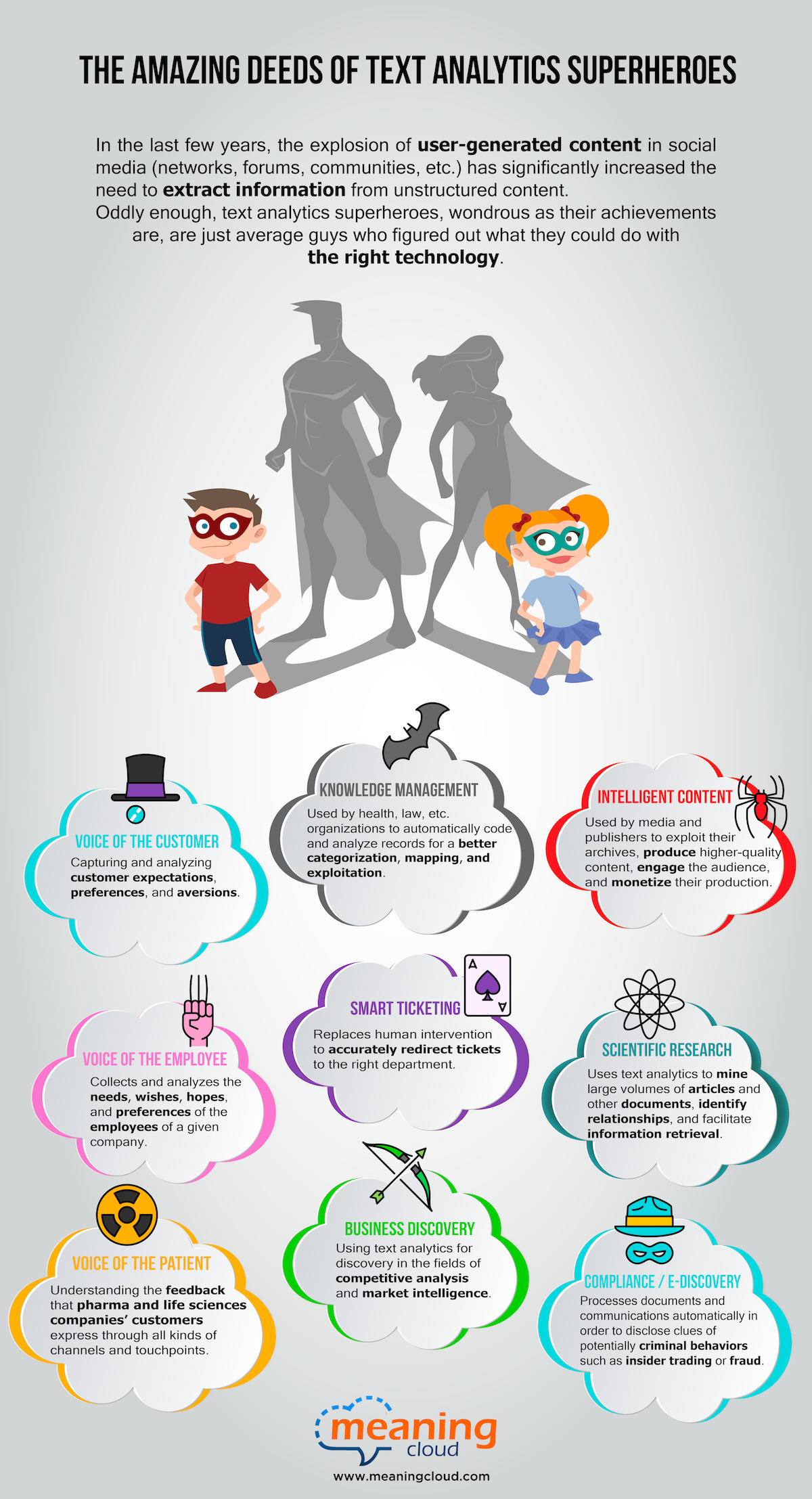At MeaningCloud we have published our first Vertical Packs.
Our goal for them is to provide you with the fastest and least costly and risky way to make your text analytics initiatives profitable.
Preconfigured models and dictionaries
Usually one of the main costs of text analytics projects lies in building the models and dictionaries needed to adapt the tools to each application scenario, and at MeaningCloud we have always made it very easy thanks to the customization tools that the product includes.
But for those who do not have the resources to carry out this adaptation, the Vertical Packs give it to you already prepared for a set of scenarios. The Packs consist of a series of pre-prepared resources (dictionaries, deep categorization models, and sentiment models) focused on a series of typical scenarios (analysis of the Voice of the Customer, the Voice of the Employee, etc.) ready for immediate use and that provide analyses with an increased precision, recall, and relevance in these applications.
Use them from our add-ins for Excel
To make it easier to leverage the Vertical Packs, we have made them accessible through new add-ins for Excel, with support for the most useful operations, models, and analysis in each vertical.
If you work for Marketing, Customer Support, or Human Resources and have thousands of comments from your customers or employees to analyze, sign up to MeaningCloud, download the corresponding add-in for Excel, paste your verbatims in a spreadsheet, press the relevant MeaningCloud button, and you will see how your comments are automatically tagged with meaningful categories for the analysis of the Voice of the Customer or the Employee.
Continue reading →









